- No products in the cart.
Orniona vaginal cream 0.1% 15ml
$18.88
Orniona vaginal cream 0.1% 15ml
Description
Composition
Active substance:
Estriol – 1.0 mg ;.
Excipients:
Glycerol (glycerin) – 120.0 mg; stearyl alcohol – 88.4 mg; 95% ethanol (95% ethanol) – 50.0 mg; Cetyl alcohol – 36.7 mg; macrogol cetostearyl ether 25 – 32.4 mg; cetyl palmitate – 15.0 mg; sorbitan stearate – 7.6 mg; lactic acid – 4.0 mg; Sodium hydroxide – 1.2 mg; chlorhexidine dihydrochloride (chlorhexidine hydrochloride) – 0.1 mg; Purified water – 1.0 g
Description:
Uniform cream white or off-white color with a weak specific smell.
Product form:
Vaginal cream 0.1%. 15 g or 30 g in a tube of aluminum. Each tube together with an applicator, and instructions for use in a stack of cardboard.
Contraindications
– installed sensitivity to the active agent or any of the excipients of the formulation; – Untreated endometrial hyperplasia; – fixed with the disease or suspected breast cancer; – diagnosed estrogen-dependent tumor or suspected to them (e.g., endometrial cancer); – vaginal bleeding of unknown etiology; – Thrombosis (venous and arterial) and thromboembolism present or in history (including deep vein thrombosis, pulmonary embolism, myocardial infarction, stroke), cerebrovascular disorders; – state prior thrombosis (including transient ischemic attack, angina pectoris) now or in history; – congenital or acquired predisposition to the development of arterial or venous thrombosis, such as protein C deficiency, protein S or antithrombin III (see “Special Instructions” section). – liver disease in the acute stage of liver disease or a history of, after which no liver function returned to normal; – porphyria; – Pregnancy and lactation.
Carefully
In the presence of the patient in the moment any of the following conditions / diseases or in cases where such conditions / diseases mentioned earlier and / or deteriorated during the previous pregnancies or hormonal treatment carried out previously, the patient must be under the direct supervision of a physician. Please note that these conditions / diseases may recur or deteriorate during treatment with Orniona®, in particular: – leiomyoma (uterine fibroids), or endometriosis; – risk factors for arterial or venous thrombosis and thromboembolism; – risk factors for estrogen-tumor, e.g., the first degree of hereditary breast cancer; – arterial hypertension; – benign tumors of the liver (e.g., hepatic adenoma); – diabetes with diabetic angiopathy or without it; – cholelithiasis; – migraine or severe headache; – systemic lupus erythematosus; – endometrial hyperplasia in history; – epilepsy; – bronchial asthma; – otosclerosis; – family hyperlipoproteinemia; – pancreatitis.
Dosage
1 mg
Indications
– Hormone replacement therapy (HRT) for the treatment of mucosal atrophy of the lower urinary and genital tract related to estrogen deficiency in postmenopausal women; – pre- and post-operative therapy in postmenopausal women who will or have already conducted a vaginal access operation; – for diagnostic purposes in unclear cytology cervical epithelium on the background of atrophic changes (as an adjuvant).
Interaction with other drugs
In clinical practice were observed interaction between the estriol preparations for topical use and other drugs.
Estrogen metabolism may be enhanced when used in combination with compounds that induce the enzymes involved in the metabolism of drugs (in particular isozymes of cytochrome P450) such as anticonvulsants (e.g., phenobarbital, phenytoin, carbamazepine), antimicrobials (e.g., rifampicin , rifabutin, nevirapine, efavirenz, ritonavir, nelfinavir), barbiturates.
Herbal preparations containing St. John’s wort (Hypericum perforatum), may induce estrogen metabolism.
Increased estrogen metabolism may lead to a decrease in their clinical effect.
Estriol enhances the effect of lipid-lowering drugs; It weakens the effects of male sex hormones, anticoagulants, antidepressants, diuretics, antihypertensive, hypoglycemic drugs.
Medicines for general anesthesia, narcotic analgesics, anxiolytics, some antihypertensive drugs, ethanol Orniona® reduce the effectiveness of the drug.
Folic acid and thyroid agents enhance estrogenic effects of estriol.
There is evidence that estrogens including estriol, may enhance the pharmacological effects of glucocorticoids and to increase the activity of suxamethonium, theophylline and oleandomycin.
Overdose
The intravaginal administration of probability cream overdose is small.
symptoms
In case of accidental ingestion possible nausea, vomiting, vaginal bleeding, headache.
Treatment
No specific antidote. If necessary, symptomatic treatment.
pharmachologic effect
Pharmacological group:
Estrogen.
Pharmacodynamics:
Orniona® cream contains estriol – an analog of the natural female hormone. Estriol is used to correct estrogen deficiency in women during pre- and post-menopause. Effective in the treatment of urogenital disorders. In the case of atrophy of the vaginal epithelium and cervical, estriol relieves these disorders, helps to restore the normal microflora and the physiological pH of the vagina, thereby enhancing vaginal epithelial resistance to infectious and inflammatory processes. In contrast to other estrogens, estriol interact with nuclei of endometrial cells in a short period of time, whereby during daily use of the recommended daily dose is no proliferation of the endometrium.
Thus, there is no need for the additional cyclical administration of progestogens, and postmenopausal bleeding is not observed “cancel.”
Pharmacokinetics:
Absorption and distribution
Intravaginal administration of estriol for optimum local bioavailability of the drug substance. After absorption of estriol is flagged in the general circulation, which manifests rapid increase in unconjugated estriol concentration in blood plasma with a maximum 1-2 hours after administration. Unlike other estrogens, estriol to 90% in plasma bound to albumin and not binding globulin sex hormone (SHBG).
After intravaginal estriol 0.5 mg of the maximum concentration in plasma is about 100 pg / ml, the minimum concentration – about 25 pg / ml and the average concentration – about 70 pg / ml. After 3 weeks of daily application of 0.5 mg vaginal estriol value of the average concentration was reduced to 40 pg / ml.
Metabolism
Metabolism of estriol in the body is reduced to its conjugation and dekonyugirovaniyu during enterohepatic recirculation.
breeding
Since estriol – the end product of metabolism, it is mainly excreted by the kidneys in the conjugated form. Only a small percentage (2%) is excreted through intestine, mainly in unconjugated form. The half-life is approximately 6-9 hours.
Pregnancy and breast-feeding
Orniona® drug intended for use in postmenopausal women.
Use of the drug during pregnancy, suspected pregnancy or during breast-feeding is contraindicated.
Conditions of supply of pharmacies
Without a prescription.
side effects
Like any drug, damage to the mucous membrane, Orniona® Cream may cause local irritation or itching. Possible acyclic spotting, breakthrough bleeding, metrorrhagia. In rare cases, possible tension, pain, sensitivity, or increasing the size of the mammary glands. Typically, these side effects disappear after the first few weeks of treatment, in addition, they may indicate the appointment of too high a dose.
It reported other adverse reactions that have arisen on Estrogen or combined therapy of estrogen and progestogen.
Disorders of the gastrointestinal tract: nausea.
Violations of the liver and biliary tract: cholelithiasis.
Benign, malignant and unspecified tumors (including cysts and polyps): benign and malignant estrogen-dependent neoplasia, including cervical cancer, endometrial cancer (see section “Contraindications” and “Special Instructions”.).
Mental disorders: dementia at the start of HRT continuously after 65 years (. See “Special Instructions”).
Violations by the genitals and mammary gland: increase libido.
Violations by the water and electrolyte metabolism: fluid retention.
Violations of the skin and subcutaneous tissue disorders: chloasma, erythema multiforme, erythema nodosum, hemorrhagic purpura.
There are data on the risk of developing breast cancer, ovarian cancer, the risk of venous thromboembolism (VTE), the risk of coronary heart disease (CHD) and ischemic stroke risk (see. Section “Special Instructions”).
special instructions
Atrophy of the mucosa of the lower genital tract caused by estrogen deficiency can be manifested by unpleasant sensations in the vagina (pain during intercourse, vaginal dryness, pruritus) and micturition disorders (increased frequency of urination, dysuria, incontinence mild).
For the treatment of postmenopausal symptoms, HRT should be started only on the symptoms that adversely affect quality of life. In all cases, at least once a year to conduct a thorough assessment of risk and benefits of treatment. HRT should only be continued for a period of time when the benefit outweighs the risk.
There is limited evidence of increased risk with HRT in the treatment of premature menopause. Due to the low absolute risk in younger women, the risk benefit ratio have more favorable than in older.
Medical examination / observation
Before starting or resuming HRT need to collect detailed personal and family history. Based on history, contraindications and warnings for use of the drug, it is necessary to carry out a clinical examination, including examination of the pelvic organs and mammary glands.
During treatment, it is recommended to carry out general medical and gynecological examination, including the study of mammary glands. The frequency and nature of the individual surveys, but at least once a year. Women should be informed of the need to doctor message on the changes of the mammary glands. Studies, including appropriate imaging techniques, such as mammography, be carried out in accordance with generally accepted standards of inspection and depending on each case.
Reasons for immediate discontinuation
Therapy should stop in case of contraindications and / or when the following conditions / diseases: – jaundice and / or impairment of liver function; – a significant increase in blood pressure; – lapsing or relapsing headache migraine type; – pregnancy.
Endometrial hyperplasia and endometrial cancer
To prevent endometrial stimulation Orniona® daily dose should not exceed one administration (0.5 mg estriol), and this dosage should not be applied daily over four consecutive weeks. Vaginal bleeding in all cases require a survey. The patient should be informed about the need to contact your doctor in case of vaginal bleeding.
Mammary cancer
HRT may increase mammographic density. This may complicate the radiological diagnosis of breast cancer. Clinical studies have shown that the probability of an increase in mammographic density is lower in women treated with estriol than in women treated with other estrogens.
Generalized data suggest an increased risk of developing breast cancer in women receiving combination therapy of estrogen and progestogen and possibly estrogen monotherapy.
In women receiving combination therapy of estrogen and progestogen over 5 years, an increase in breast cancer risk by 2 times.
In estrogen monotherapy increase in breast cancer risk is significantly lower than when combined with a progestogen. The level of risk depends on the duration of HRT.
ovarian cancer
Ovarian cancer develops much rarer than breast cancer. Prolonged estrogen monotherapy (at least 5-10 years) was associated with a small increased risk of ovarian cancer. Some studies suggest that combination HRT may increase the risk of ovarian cancer in a similar way, or only slightly. It is not known whether the risk differs from chronic administration of low-dose estrogen (such as a drug Orniona®) from that in other estrogen monotherapy.
VTE
HRT is associated with an increased risk of venous thromboembolism, ie deep vein thrombosis or pulmonary embolism, in 1,3-3 times. The probability of developing VTE during the first year of application of HRT is higher than at a later date. A preparation Orniona® this risk is not known.
In patients with congenital or acquired predisposition to the development of arterial or venous thrombosis high risk of VTE and HRT may further increase it. In this regard, such hormone replacement therapy is contraindicated to patients (see. The section “Contra ‘).
Generally recognized risk factors for VTE are estrogen, older age, extensive surgery, prolonged immobilisation, obesity (body mass index over 30 kg / m2), pregnancy / postpartum period, systemic lupus erythematosus, and cancer. There is no consensus about the possible role of varicose veins in VTE development. After any surgery, it is necessary to carry out prevention of VTE. If prolonged immobilization associated with elective surgery, it is necessary to temporarily cancel HRT for 4-6 weeks prior to surgery. Treatment should be resumed after the patient starts to walk.
With respect to patients who are already receiving anticoagulant treatment require careful consideration of the benefit-risk of HRT.
If the drug Orniona® appointed as pre- and post-operative treatment, should consider prevention of thrombosis.
In the absence of VTE in the patient’s history, but in the presence of thrombosis at a young age by her immediate family, the patient can be offered to carry out screening, after discussing all its limitations (only allows screening to identify a number of hemostatic disorders). In identifying the defect hemostasis not conforming disease relatives, or upon detection of “heavy” defect (e.g., deficiency of antithrombin III, protein C or protein S, or a combination of these defects) HRT is contraindicated.
If, after the start of treatment Orniona® developing VTE, the treatment should be stopped. The patient should be informed of the need for immediate treatment to the doctor if she feels the possible symptoms of VTE (eg, painful swelling of the lower limbs, sudden chest pain, shortness of breath).
CHD in a randomized, controlled trials have not produced the results that would indicate that a combination therapy of estrogen and progestogen and estrogen monotherapy may prevent the development of myocardial infarction in women with or without coronary artery disease.
According randomized controlled trials in patients with coronary artery disease risk hysterectomy with estrogen alone did not increase.
CHD risk increases slightly with the combined estrogen and progestogen hormone replacement therapy in patients older than 60 years.
Ischemic stroke
Combined estrogen-progestogen therapy and monotherapy and estrogen are associated with an increased risk of ischemic stroke by 1.5 times. The relative risk does not change depending on the age and time since menopause. However, the baseline risk of stroke is largely dependent on the age, and the overall risk of stroke with HRT increases with age.
The risk of hemorrhagic stroke in HRT does not increase.
other conditions
Estrogens may cause fluid retention, and therefore patients with impaired renal function and cardiovascular failure should be under close medical supervision.
When the initial concentration hypertriglyceridemia plasma triglycerides HRT may increase, whereby the possible development of pancreatitis.
Estriol is a weak inhibitor of gonadotropin and has no other significant effects on the endocrine system.
HRT does not improve cognitive function. The certificate of an increased risk of dementia in women who began to use combination therapy or monotherapy in continuous operation after 65 years.
In the presence of vaginal infections recommended concomitant specific treatment.
The composition Orniona® formulation includes cetyl alcohol and stearyl alcohol which may cause local skin reactions (e.g., contact dermatitis).
Effects on ability to drive vehicles and mechanisms
Estriol has no effect on the coordination of movements, concentration and the ability to operate vehicles and other mechanisms.
Storage conditions
Store at a temperature not higher than 25 ° C.
Keep out of the reach of children.
Dosing and Administration
cream Orniona®
следует вводить во влагалище перед сном при помощи калиброванного аппликатора. Одна доза (при заполнении аппликатора до кольцевой метки) содержит 0,5 г крема Орниона®, что соответствует 0,5 мг эстриола.
Крем Орниона® может применяться как у женщин с гистерэктомией в анамнезе, так и у женщин с интактной маткой.
При проведении ЗГТ для лечения атрофии слизистой оболочки нижних отделов мочевыводящих и половых путей, связанной с дефицитом эстрогенов у женщин в постменопаузе, проводится одно внутривлагалищное введение крема ежедневно в течение не более двух недель до облегчения симптомов. Далее, доза постепенно снижается до поддерживающей, в зависимости от клинической картины (например, одно введение два раза в неделю).
При пред- и послеоперационной терапии у женщин в постменопаузе, которым предстоит или уже проведена операция влагалищным доступом, проводится одно внутривлагалищное введение крема ежедневно в течение двух недель до операции; одно введение два раза в неделю в течение двух недель после операции.
С диагностической целью при неясных результатах цитологического исследования эпителия шейки матки на фоне атрофических изменений проводится одно внутривлагалищное введение крема через день в течение одной недели перед взятием следующего мазка.
В случае если очередная доза препарата была пропущена, следует продолжить применение препарата по обычной схеме, не восполняя пропущенную ранее дозу. Нельзя вводить две дозы препарата в один день.
При начале или продолжении лечения постменопаузальных симптомов необходимо применять наименьшую эффективную дозу в течение наиболее короткого промежутка времени.
У женщин, не получающих препараты, предназначенные для ЗГТ, или женщин, которые переводятся с непрерывного приема пероральных комбинированных препаратов для ЗГТ, лечение препаратом Орниона® можно начинать в любой день.
Женщины, которые переходят с циклического режима приема пероральных препаратов для ЗГТ, должны начинать лечение препаратом Орниона® через одну неделю после отмены этих препаратов.
Техника введения
Пациентке следует: – отвинтить колпачок с тубы, перевернуть его и острым наконечником открыть тубу; – навинтить аппликатор на тубу; – сдавить тубу так, чтобы аппликатор заполнился кремом до остановки поршня; – отвинтить аппликатор с тубы и закрыть тубу колпачком; – лежа на спине, ввести аппликатор глубоко во влагалище и плавно вытолкнуть поршнем все содержимое аппликатора; – после использования аппликатора извлечь поршень из корпуса и вымыть поршень и корпус аппликатора теплой водой с мылом. Не использовать для этой цели синтетические моющие средства. После мытья ополоснуть аппликатор теплой чистой кипяченой водой.
Не помещать аппликатор в горячую воду или кипяток! введение два раза в неделю).
При пред
Не помещать аппликатор в горячую воду или кипяток!.
Information
Appearance may differ from that depicted in the picture. There are contraindications. You need to read the manual or consult with a specialist
Additional information
| Weight | 0.100 kg |
|---|---|
| Manufacturer | VERTEX |

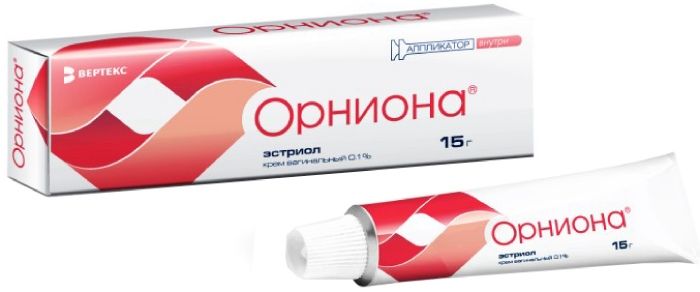
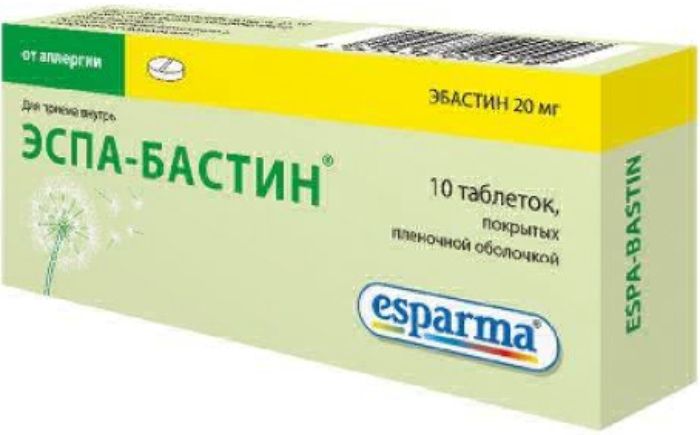
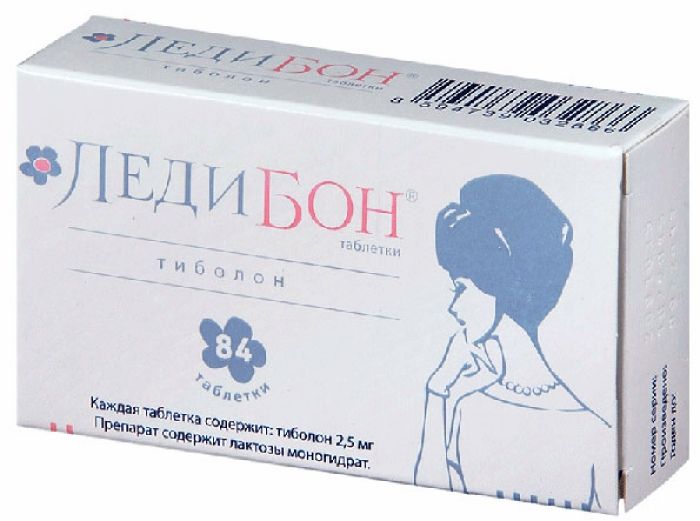
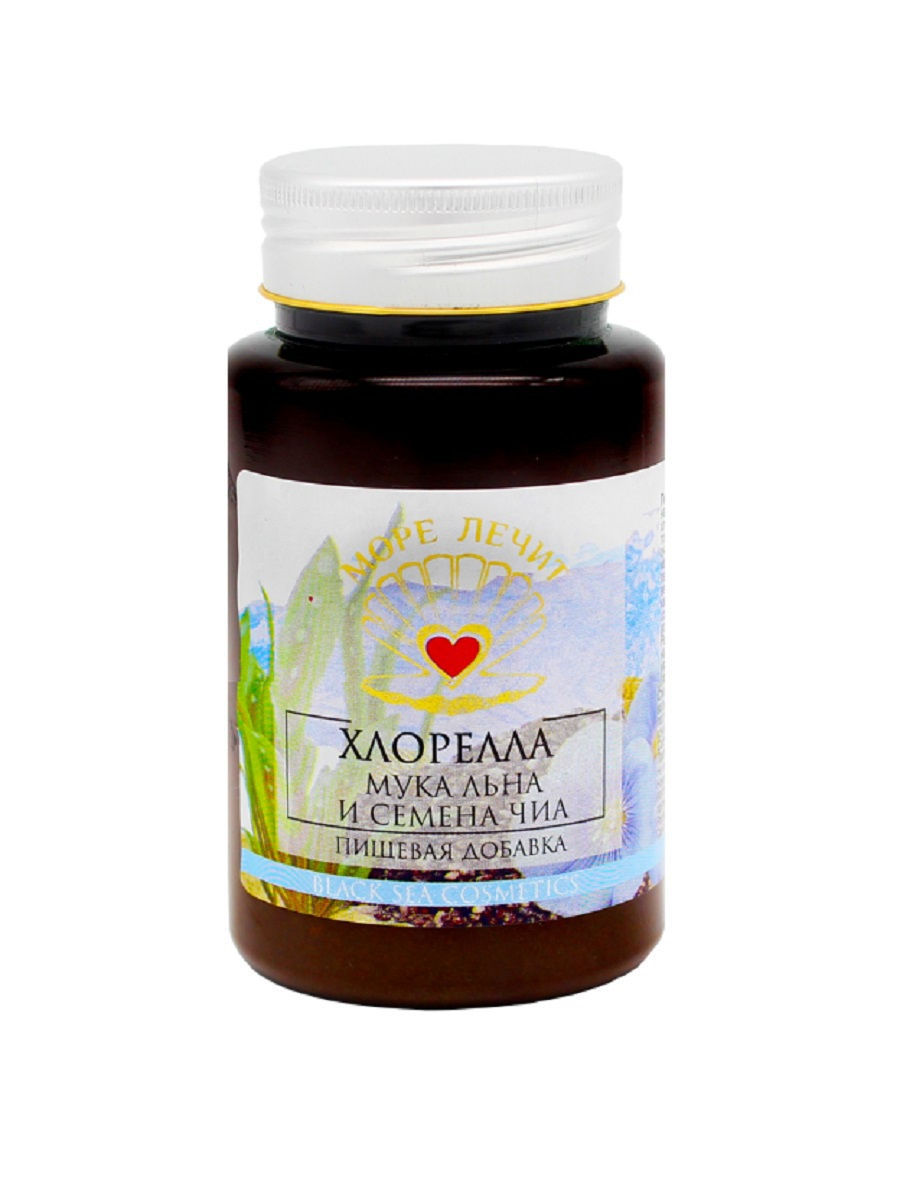
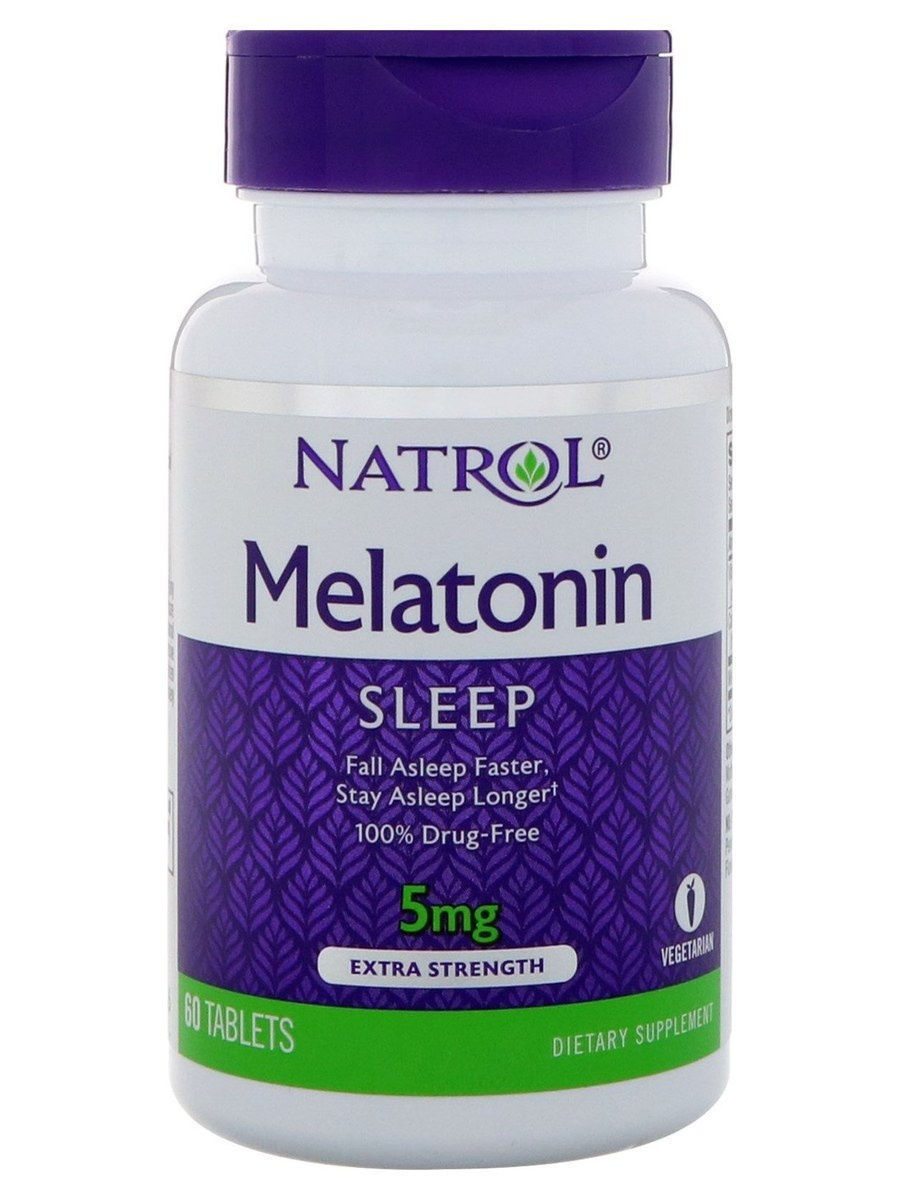
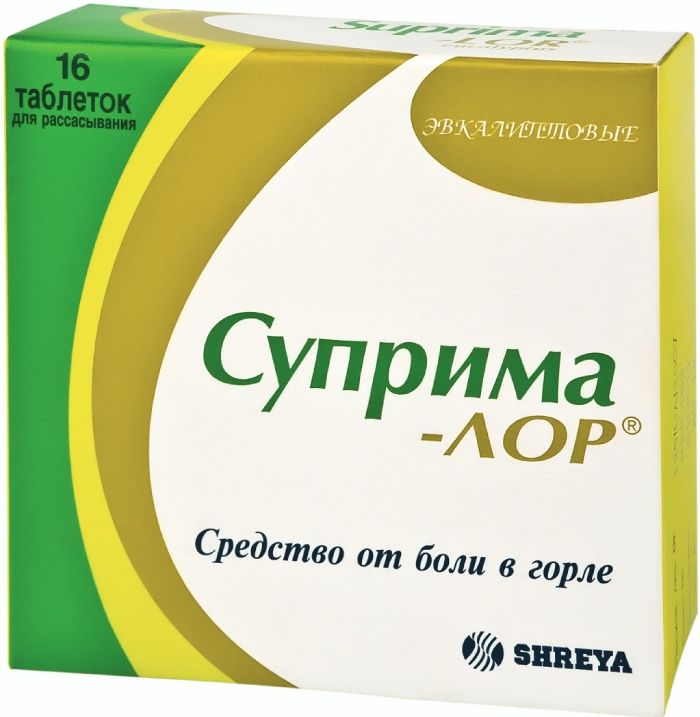
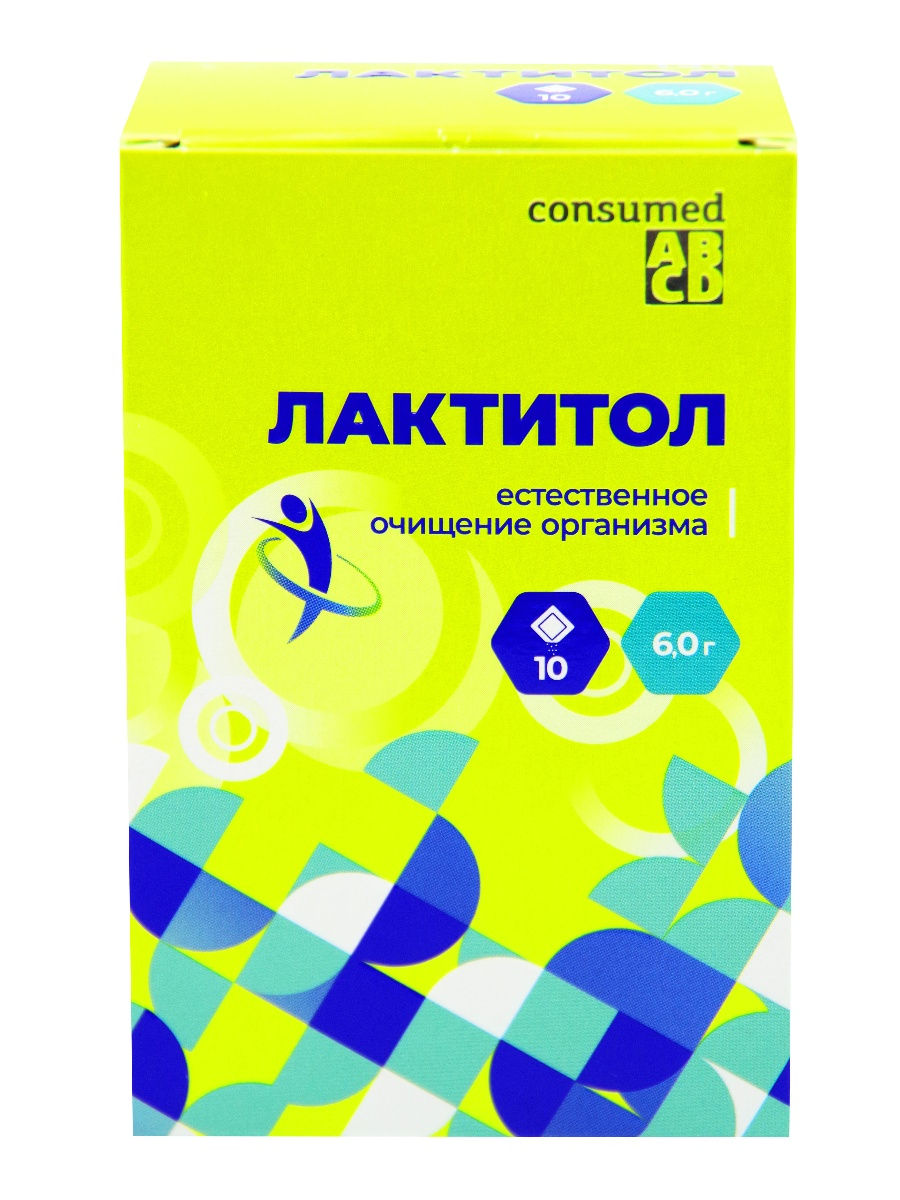

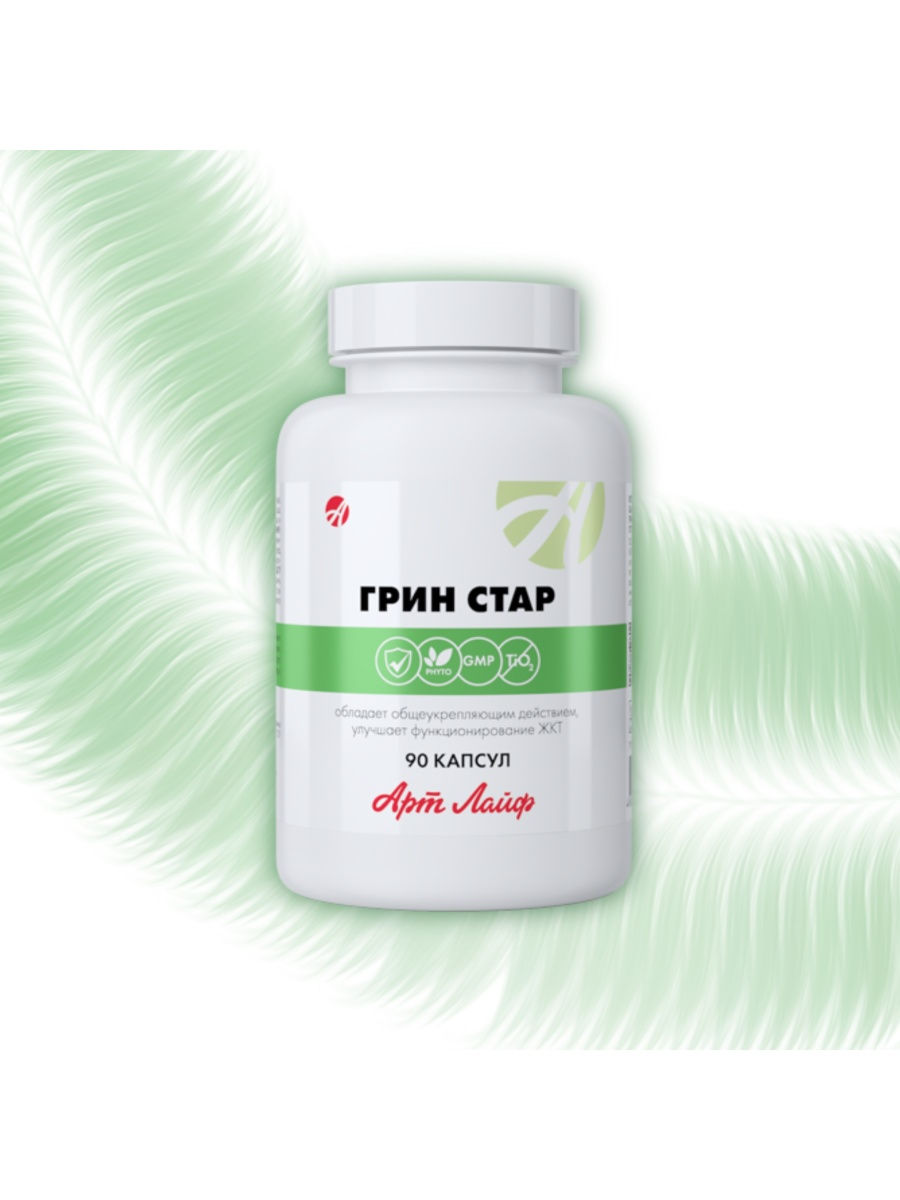




There are no reviews yet.